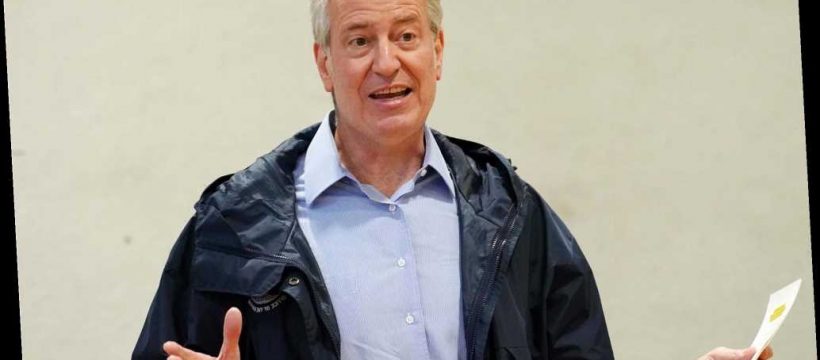In 2013, Mayor de Blasio rode to Gracie Mansion with the theme of “A Tale of Two Cities,” decrying New York City’s class divide, between rich and poor, haves and have-nots. Seven years later, with his threat to “pull” New Yorkers “right out” of the water should they dare go into the sea, Hizzoner has made clear which side of that divide he sits on.
I grew up in Brooklyn but didn’t know there was a Prospect Park until I was a teen. You can draw a straight line through Brooklyn with the park as your divider. It’s a different world beyond the park, and that world was mine. Growing up in Flatbush and then Bensonhurst, there was one place to go for summer amusement: the beach.
You’d take the B68 bus straight to Brighton, the subway to Coney Island or, if your family had a car, you could even drive to Manhattan Beach.
My family would pack a bag of food and mostly head to Brighton. We’d find a spot and lay out a sheet. Around us, a carnival of languages. Often, I’d befriend a child who, like me, didn’t speak English. Sometimes, we’d stop by the ice-cream truck permanently stationed in front of the Shorefront Y. It’s still there today.
Old ladies sat huddled on the boardwalk, scarves tied tight under their chins. Old men spat toasted sunflower seeds and played chess.
Along the beach, industrious men would drag coolers of beer, clandestinely selling it to the dads being sand-buried to the neck by their kids.
The beach in Brooklyn was and remains the province of the working class, of the middle class, of immigrants.
The beach areas still look like those movies about Brooklyn before Brooklyn became known for pickle stores and hipsters. It’s eclectic, wild New York.
That New York isn’t our mayor’s New York, though. No, he inhabits artisan-pickle New York.
Now I live in Park Slope, de Blasio’s neighborhood. I take my kids to Prospect Park, and it is like living in a different city.
No one clandestinely sells anything, because the fusty, officious, upper-middle-class Karens would call 911 at the slightest hint of impropriety. The people in the park are white, wealthy. My kids never meet kids who don’t speak English.
During the pandemic, trips to Prospect Park are acutely stressful. It’s filled with people complaining how the park is filled with people. Behind masks, everyone is judging everyone else for being out.
De Blasio fits right in. It’s why he’s so comfortable telling us to stay home and then leaving his own home, which is in the middle of a park, to take a chauffeured SUV to Prospect Park with several of his aides. The rules are for those other people.
He treats those people — beachgoers — like children who don’t know how to behave. The beach is off-limits, and if they dare go, de Blasio punishes them by withholding the privilege of lifeguards. Meanwhile, the park-goers are granted a wide, safe berth.
If there was ever discussion about closing Prospect Park, or its big sister, Central Park, the outrage would be swift, and the mayor wouldn’t stand for it.
Imagine telling the millionaires of Central Park West, Prospect Park West or Fifth Avenue that some park entrances will be closed. The parks are hugged by mansions alongside them, and any rich people still remaining in New York City would fight the closures — and win.
The beaches are for the other New York. They’re for the police officers and firefighters who live in the Rockaways in Queens, the people who have spent their lives in Coney Island, the families on Orchard Beach in The Bronx, the immigrants of Staten Island’s Midland Beach.
The residents of that New York are much more likely to have risked their lives for the rest of us over the past few, hellish months. They deserve their beaches open and staffed with lifeguards. This cold weekend bought the mayor some time. He might remember that the Prospect Park Karens aren’t the only New Yorkers.
Twitter: @Karol
Source: Read Full Article
